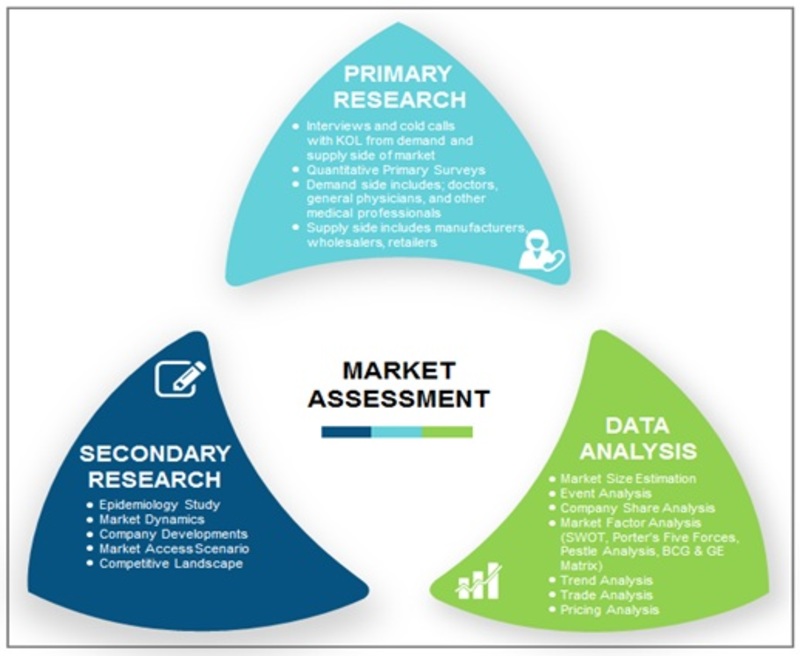Considerable Modifications In Your Youngster'S Behavior Can Show Possible Vision Concerns; Learn To Recognize The Indications That Demand An Eye Examination To Support Their Healthy Development
Considerable Modifications In Your Youngster'S Behavior Can Show Possible Vision Concerns; Learn To Recognize The Indications That Demand An Eye Examination To Support Their Healthy Development
Blog Article
Material Writer-McKay Vind
As a parent, you play a vital duty in your youngster's health, particularly when it comes to their vision. You may notice specific actions that might signal a requirement for an eye examination. Squinting, frequent eye rubbing, or problems of headaches can be more than simply small annoyances. Comprehending these indicators is vital for your kid's growth. So, what should you look for following? Let's explore the common symptoms that might indicate a vision trouble.
Common Signs And Symptoms of Vision Problems in Children
When you observe your kid fighting with everyday activities, it could be an indication of vision issues.
Try to find signs and symptoms like scrunching up your eyes, scrubing their eyes frequently, or tilting their head to see much better. If they've problem reading or seem to lose their location frequently, that's an additional indicator.
You might also see them grumbling regarding migraines or experiencing eye stress after extended durations of analysis or utilizing screens.
Additionally, if your child stays clear of activities that need excellent vision, like sports or attracting, it's worth paying attention to.
Look for Computer Glasses For Kids DFW of unusual habits, as these signs can indicate underlying vision concerns that need professional assessment.
Early discovery can make a big difference in their visual advancement.
Age-Specific Vision Milestones to Screen
Every moms and dad ought to watch on their child's vision advancement as they grow.
At around 6 months, your baby ought to begin tracking relocating items. By age 1, they ought to have the ability to focus on and acknowledge acquainted faces.
In between 2 and 3 years, seek renovations in hand-eye sychronisation, like piling blocks or tossing a round.
By age 4, children should be able to recognize forms and shades, and they might begin to acknowledge letters.
If your child fights with these milestones, it's essential to keep in mind. Monitoring their progression assists you capture potential issues early, guaranteeing they receive the vision treatment they require for a bright future.
Remain positive regarding their vision wellness!
When to Arrange an Eye Test for Your Child
Checking your youngster's vision advancement is very important, however knowing when to schedule an eye exam is just as vital. The American Academy of Ophthalmology advises your youngster have their initial eye test at 6 months old.
After that, routine follow-ups at age three and once more before they begin institution. If your child reveals indicators of vision concerns-- like squinting, problem reading, or migraines-- don't await the next scheduled consultation.
Furthermore, if there's a family history of eye issues, proactive exams are important. Keep an eye on any changes in their vision or habits, and depend on your reactions.
Regular check-ups can aid catch prospective concerns early, guaranteeing your kid has the very best possibility for healthy and balanced eyesight.
Conclusion
Finally, staying sharp to your kid's aesthetic habits is necessary for their eye wellness. If you discover any kind of signs like scrunching up your eyes, eye rubbing, or trouble with analysis, do not wait to schedule an eye test. Remember, early detection can make a considerable distinction in their visual development. Trust your instincts as a moms and dad, and ensure your youngster gets the treatment they need to thrive. https://www.healthtechzone.com/topics/healthcare/articles/2021/01/29/447844-how-healthcare-technology-has-advanced-these-two-beneficial.htm -ups can assist maintain their eyes healthy and balanced for years ahead.
